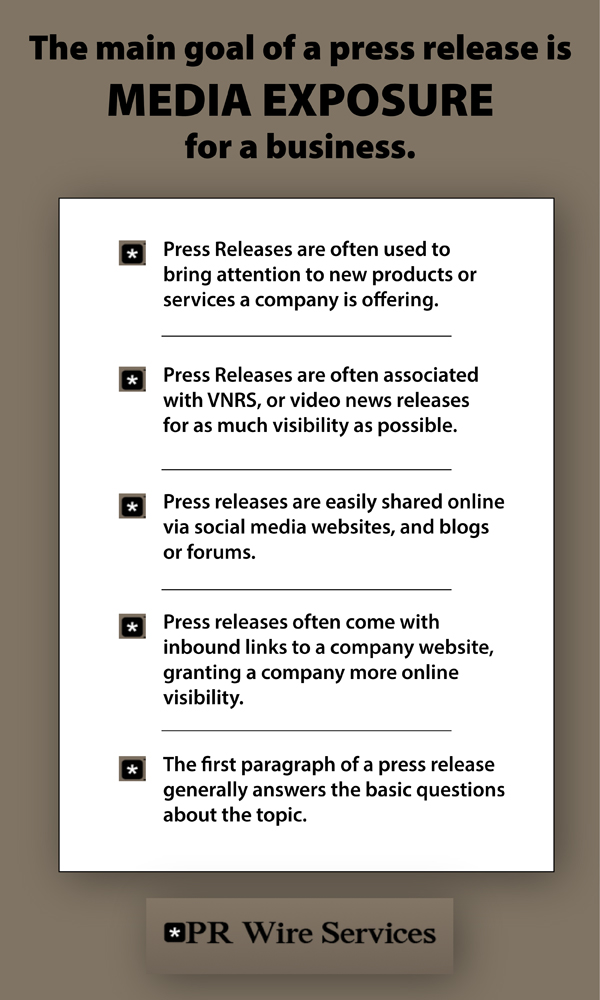The first modern press releases were created by Ivy Lee and it was Edward Berneys, the pioneer in Public relations who refined the creation and use of press releases. The use of press releases is common in the field of public relations, called PR. The main goal of a press release is the exposure for a business including favourable media attention to the business and/or provide publicity for products/services or events marketed by the companies.
Press releases are often associated with VNRS (video new releases) for as much visibility as possible and are easily shared online via social media website, and blogs or forums. Websites have revamped the submission of the press releases. Some are paid like news wire services and some are free. This makes the news distribution more affordable and levelling the playing field for smaller businesses. Such websites hold a repository of press releases and claim to make a company’s news more prominent on the web and searchable via major search engines. Press releases often come with inbound links to a company website; this helps the companies in increasing online visibility.
Generally a structure is used for a traditional press release; a headline (summary of news that grabs attention), dateline (the release date), Introduction (The first paragraph of a press release generally answers the basic questions about the topic), Body (further explanation), Boilerplate (about section of releasing company), Close (end of press release, “-30-“) and the Media contact information.
Press releases can announce a range of news items, such as scheduled events, personal promotions, awards, new products and services, sales and other financial data, accomplishments, etc. and the information provided is used in feature story generation by the journalists.
Of course, in today’s online world the format of press releases is evolving and several deviations from the traditional format can be seen. But press releases are and will remain an integral part of public relational activities.

